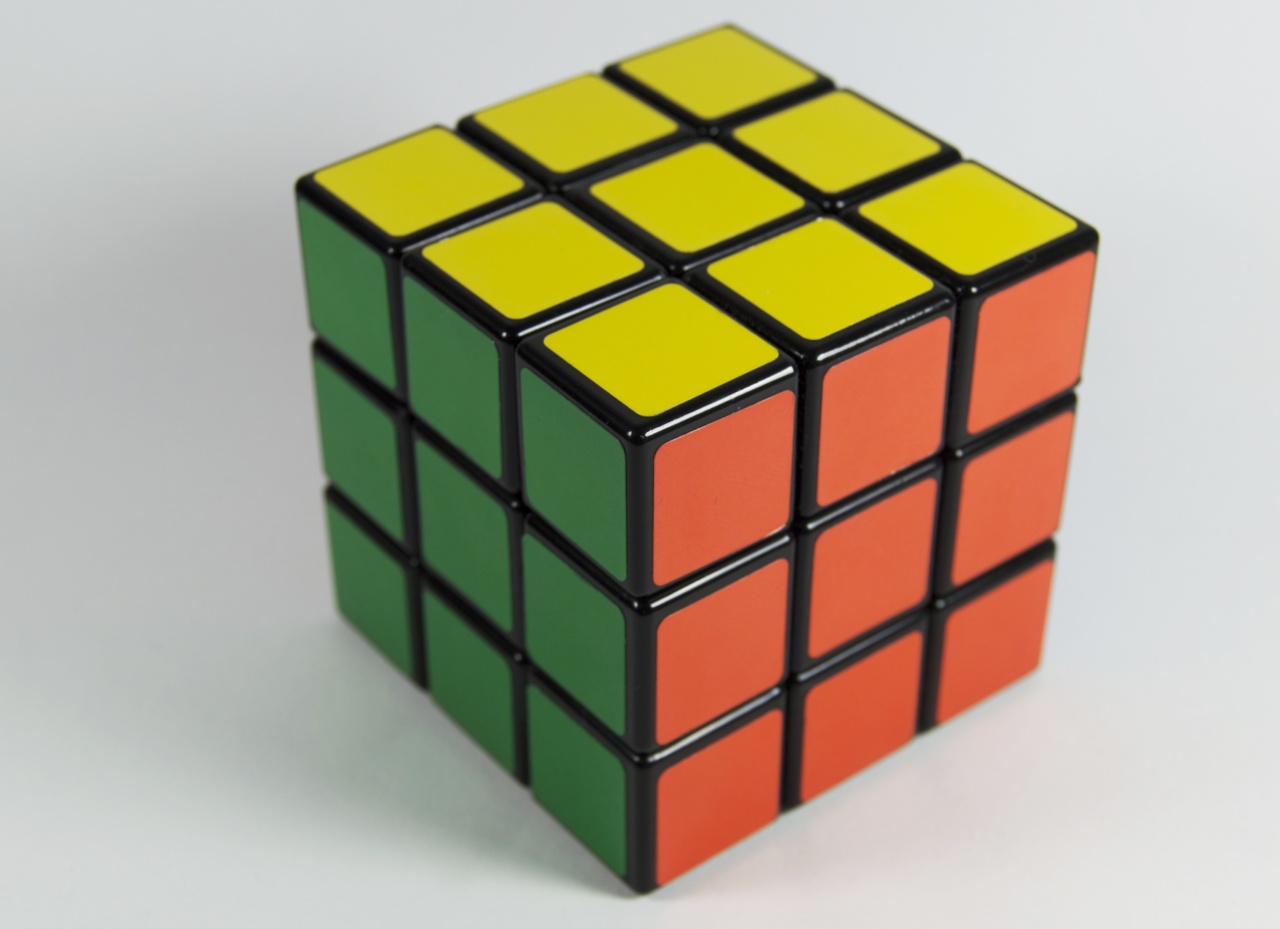Nasal scoliosis is a condition that affects the alignment and shape of the nose. It can cause physical discomfort and emotional distress for those who have it, as their appearance may be noticeably different from others.
Understanding the causes and treatment options for nasal scoliosis is essential to finding a solution that can restore both function and aesthetics.
What is Nasal Scoliosis?
Nasal scoliosis is a condition characterized by the deviation or curvature of the nose. While scoliosis commonly refers to the abnormal curvature of the spine, nasal scoliosis specifically affects the shape and alignment of the nose.
The deviation can be present at birth or develop later in life due to trauma, surgery, or other underlying conditions.
Causes of Nasal Scoliosis
There are several factors that can contribute to the development of nasal scoliosis:.
1. Congenital Abnormalities
In some cases, nasal scoliosis can be present at birth due to congenital abnormalities. These abnormalities can affect the growth and development of the nasal cartilage, leading to a deviation or curvature of the nose.
Genetic factors, maternal illness during pregnancy, or exposure to certain medications can contribute to these congenital abnormalities.
2. Trauma
Physical trauma to the nose, such as a broken nose, can cause nasal scoliosis. When the nasal bones or cartilage are injured, they may heal in a misaligned or curved position. This can result in a noticeable deviation of the nose.
3. Surgery
Some individuals may develop nasal scoliosis as a result of previous nasal surgery. If the nasal structures are not properly aligned during surgery or if complications arise during the healing process, the nose may become deviated or curved.
4. Underlying Conditions
Certain underlying conditions, such as polyps, sinusitis, or nasal tumors, can contribute to the development of nasal scoliosis. These conditions can interfere with the growth and alignment of the nasal structures, leading to deviations or curvatures.
Symptoms of Nasal Scoliosis
The symptoms of nasal scoliosis can vary depending on the severity of the deviation. Common symptoms include:.
1. Visible Deviation
The most noticeable symptom of nasal scoliosis is the visible deviation or curvature of the nose. This can make the nose appear crooked or off-center.
2. Breathing Difficulties
In some cases, nasal scoliosis can obstruct the nasal passages, making it difficult to breathe through the nose. This can lead to chronic congestion, snoring, or sleep apnea.
3. Facial Pain
Some individuals with nasal scoliosis may experience facial pain or discomfort due to the misalignment of the nasal structures. This can include headaches, sinus pressure, or pain around the nose and eyes.
Treatment Options for Nasal Scoliosis
Treating nasal scoliosis depends on the underlying cause and severity of the deviation. Some common treatment options include:.
1. Observation
In cases where the deviation is mild and doesn’t cause any significant functional or cosmetic issues, observation may be recommended. Regular monitoring by a healthcare professional can ensure that the condition doesn’t worsen over time.
2. Nasal Splints or Devices
In some cases, nasal splints or devices can help to temporarily correct the alignment of the nose. These devices are typically worn externally and provide support to the nasal structures, reducing the deviation.
3. Rhinoplasty
Rhinoplasty, or nose reshaping surgery, is often recommended for individuals with severe nasal scoliosis or those who are experiencing significant functional difficulties.
During this surgical procedure, the nasal structures are repositioned and realigned to achieve a more symmetric and balanced appearance.
4. Septoplasty
Septoplasty is a surgical procedure that focuses on correcting deviations or abnormalities of the nasal septum, the wall that separates the nostrils.
This procedure can help to improve nasal breathing and may be performed in conjunction with rhinoplasty for individuals with nasal scoliosis.
5. Treatment of Underlying Conditions
If nasal scoliosis is caused by an underlying condition, such as polyps or sinusitis, treating the underlying condition may help alleviate the deviation.
This may involve medication, nasal rinses, or surgical interventions to address the specific condition.
Living with Nasal Scoliosis
Nasal scoliosis can impact both physical and emotional well-being. Seeking appropriate medical evaluation and treatment can help individuals with nasal scoliosis improve their quality of life and self-confidence.
Connecting with support groups or counseling services can also provide valuable emotional support and guidance for those living with this condition.





























